In recent years, the kitchen appliance industry has witnessed a transformative shift, driven by evolving consumer demands and technological advancements. This dynamic landscape is particularly fascinating in the realms of NSF certified equipment, where quality and safety are paramount. As we delve into the intricacies of the market, it becomes evident that understanding the nuances of NSF certified kitchen appliances is not just a matter of compliance; it’s about embracing a future where innovation meets responsibility.
The Rise of NSF Certified Equipment in the Kitchen Appliance Industry
The kitchen appliance industry has experienced a remarkable transformation over the years, with one significant factor standing out: the rise of NSF certified equipment. This certification has become synonymous with quality, safety, and reliability, driving a wave of innovation and consumer confidence.
As consumers and businesses alike prioritize safety and sustainability, the demand for NSF certified kitchen appliances has surged. The NSF (National Sanitation Foundation) is a globally recognized independent organization that writes standards for public health and safety. When a kitchen appliance earns NSF certification, it means it has undergone rigorous testing and evaluation to meet or exceed the highest industry standards.
In the European market, where health and safety regulations are stringent, NSF certified appliances are increasingly becoming a norm rather than an exception. Restaurateurs and hoteliers are particularly drawn to these products, as they offer peace of mind that the equipment they invest in will comply with local health codes and enhance food safety protocols.
The European landscape is marked by a diverse range of appliances, from commercial dishwashers and ice machines to cooking equipment and food preparation tools. NSF certified appliances in this region often come with added features such as energy efficiency and eco-friendly materials, reflecting the European consumer’s growing environmental consciousness.
In the United States, the kitchen appliance market is vast and dynamic, with a variety of players offering a wide array of products. However, NSF certification has become a key differentiator, especially among the more discerning customers who understand the value of quality assurance. American consumers are known for their preference for cutting-edge technology and innovative designs, and NSF certified appliances often embody both.
The certification process for NSF involves a comprehensive review of product design, manufacturing, and quality control procedures. This includes evaluating the appliance’s performance, durability, and safety features. For manufacturers, achieving NSF certification is not just a badge of honor; it’s a testament to their commitment to producing the highest quality products that meet the most stringent safety and health standards.
As the industry evolves, we’ve seen a shift towards the integration of smart technology in kitchen appliances. NSF certified smart appliances are becoming more popular, as they offer users real-time data on energy consumption and maintenance schedules. This not only saves on operational costs but also aligns with the broader trend of digitization and connectivity in the commercial kitchen environment.
One of the standout aspects of NSF certified equipment is its adaptability to various types of kitchens, from high-end restaurants to smaller cafes and even home kitchens. This versatility has allowed NSF certified products to penetrate different market segments, further boosting their popularity.
Another factor contributing to the rise of NSF certified equipment is the emphasis on training and education. Manufacturers often provide comprehensive training programs to ensure that users understand how to safely and effectively operate their appliances. This commitment to customer education has fostered a loyal customer base that appreciates the holistic approach to product excellence.
The global kitchen appliance industry is also influenced by regulatory changes and health crises. In the wake of the COVID-19 pandemic, the importance of hygiene and sanitation has been brought to the forefront, leading to a surge in demand for NSF certified equipment that offers advanced cleaning capabilities.
Looking ahead, the future of NSF certified equipment in the kitchen appliance industry looks bright. With the continued emphasis on health and safety, and the growing importance of sustainability, we can expect to see even more innovation in the NSF certified space. From advancements in material science to the integration of artificial intelligence, the possibilities are endless.
In conclusion, the rise of NSF certified equipment in the kitchen appliance industry is a testament to the power of standards and certifications in shaping the future of commercial kitchens. As consumers and businesses alike seek out the best in safety, quality, and efficiency, NSF certified appliances are poised to remain at the forefront, driving the industry forward with a promise of excellence that goes beyond the surface.
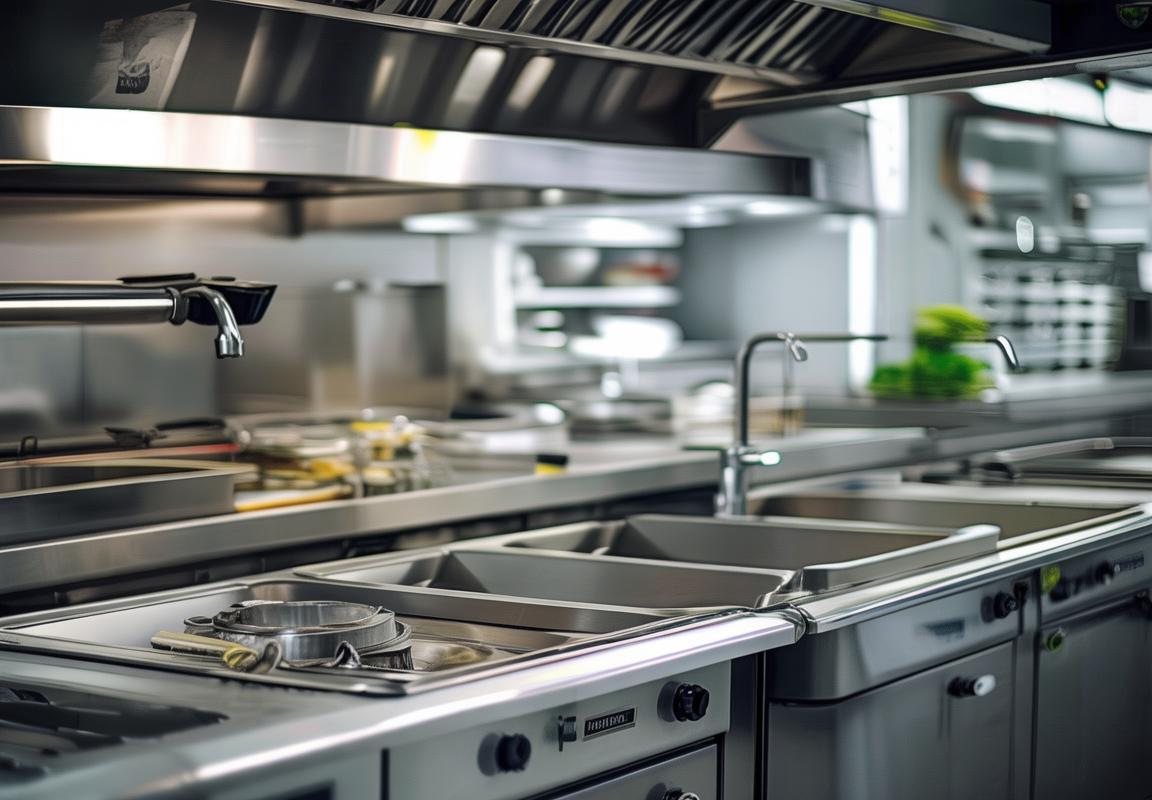
Understanding the European Market Dynamics
The European kitchen appliance market has seen a remarkable transformation over the years, shaped by a variety of factors that reflect the continent’s cultural diversity and economic stability. From the bustling streets of Paris to the cozy cafes in Rome, the European consumer’s preferences and behaviors are as varied as the landscapes they inhabit.
One of the most striking trends in the European market is the increasing demand for energy-efficient appliances. With a growing awareness of environmental issues, consumers are gravitating towards products that not only enhance their lifestyle but also contribute to a greener planet. This shift is evident in the popularity of smart kitchen appliances that offer both convenience and sustainability.
In Germany, for instance, the focus on energy efficiency is particularly pronounced. German consumers are known for their preference for high-quality, durable goods, and this extends to kitchen appliances. The market is witnessing a surge in demand for products with energy labels that reflect the most efficient performance, reflecting a commitment to both the environment and long-term cost savings.
The rise of the modern urban dweller has also played a significant role in shaping the European kitchen appliance market. Compact, multi-functional appliances are becoming increasingly popular, as city living often comes with limited space. These appliances not only save space but also cater to the busy lifestyles of those who juggle work and personal life with limited time for cooking.
Culinary trends have a profound impact on the types of kitchen appliances that European consumers purchase. The continent’s rich gastronomic heritage has given rise to a demand for specialized equipment that can handle everything from delicate pastries to hearty stews. This has led to a niche market for high-end appliances designed for professional chefs who appreciate the nuances of their craft.
In Italy, the emphasis on fresh, local ingredients has sparked a trend towards slow cooking and preserving food. This has, in turn, influenced the popularity of appliances like slow cookers and food processors, which are seen as tools to enhance the quality of home-cooked meals.
Another interesting development in the European market is the growing interest in smart kitchen technology. Consumers are increasingly looking for appliances that can be controlled remotely, offering convenience and the ability to monitor and adjust cooking settings from anywhere. This is particularly appealing to tech-savvy younger demographics who are looking for ways to integrate technology into their daily routines.
However, it’s not just about technology and efficiency; the aesthetic appeal of kitchen appliances is also a key factor in consumer decision-making. European consumers are drawn to sleek, modern designs that complement their interior decor. The market has responded with a variety of stylish appliances that blend form and function, appealing to those who want their kitchen to be as visually appealing as it is functional.
The European kitchen appliance market is also influenced by the region’s economic landscape. In regions with a strong economy, consumers are more willing to invest in premium appliances, leading to a market segment that values craftsmanship and luxury. Conversely, in areas with a more modest economy, there is a greater focus on affordability and practicality, with consumers seeking appliances that offer good value for money.
Lastly, the European market is characterized by a high level of brand loyalty. Consumers often prefer well-known brands that they trust, and this is reflected in the market share of major appliance manufacturers. However, there is also a growing segment of consumers who are open to exploring smaller, niche brands that offer unique features or sustainable practices.
In summary, the European kitchen appliance market is dynamic and multifaceted, driven by a combination of environmental concerns, technological advancements, lifestyle trends, and economic factors. As the market continues to evolve, it will be interesting to see how these various elements continue to shape the preferences and behaviors of European consumers.

Insights into the American Kitchen Appliance Landscape
In the United States, the kitchen appliance landscape is as diverse as the country itself, with a market that’s constantly evolving. From the bustling streets of New York City to the sprawling suburbs of California, consumers have a wide array of choices when it comes to kitchen tech.
Smart appliances have become increasingly popular, driven by the tech-savvy generation that values convenience and connectivity. Smart refrigerators, ovens, and dishwashers are not just for the wealthy anymore; they’re becoming more affordable and are finding their way into everyday homes. These devices can be controlled via smartphone apps, allowing users to adjust settings, monitor usage, and even troubleshoot issues remotely.
The rise of health-conscious consumers has also shaped the appliance market. There’s a growing interest in appliances that can help with healthy cooking, such as induction cooktops, which provide precise heat control to minimize the risk of burning and reduce harmful chemical leaching. Countertop mixers and food processors designed with health in mind offer a range of attachments for everything from making baby food to grinding spices, encouraging home cooks to take on more culinary challenges.
Energy efficiency remains a key concern for many American households. As energy costs continue to fluctuate, consumers are gravitating towards appliances that can help them save money over time. The Energy Star label has become a trusted symbol of efficiency, with manufacturers competing to have their products certified. This not only benefits the consumer but also contributes to environmental sustainability.
The kitchen is no longer just a place to cook; it’s a hub for entertainment and socializing. This shift has led to the integration of appliances that cater to these new uses. For instance, induction cooktops with sleek designs that blend seamlessly into kitchen countertops are becoming a sought-after feature. Similarly, high-end ovens and ranges are now equipped with features like self-cleaning modes and customizable temperature settings, making them as much a statement piece as a cooking tool.
Appliance design has seen a significant transformation in recent years. Modern appliances are sleeker, with more minimalist designs that emphasize the aesthetics of the kitchen. Brands are focusing on creating products that not only perform well but also look stylish. The rise of integrated appliances, which can be hidden behind cabinetry, reflects this trend, as homeowners seek to maintain a clean and uncluttered look in their kitchens.
Another interesting development is the emphasis on customization. Consumers no longer want a one-size-fits-all solution; they want appliances that can be tailored to their specific needs and preferences. This has led to the creation of modular kitchen appliance lines, where components can be mixed and matched to suit individual tastes and kitchen layouts.
The commercial kitchen segment also plays a crucial role in the American kitchen appliance market. With the rise of foodservice and catering, commercial appliances need to be robust, reliable, and capable of handling heavy use. From commercial dishwashers to large-capacity ovens, the demand for quality equipment that can withstand the demands of high-volume cooking is on the rise.
Finally, the American kitchen appliance landscape is influenced by a strong culture of innovation and competition. Companies are constantly striving to outdo each other with new features and technologies. The result is a market that is both dynamic and forward-thinking, one that is always ready to embrace the next big thing in kitchen technology.
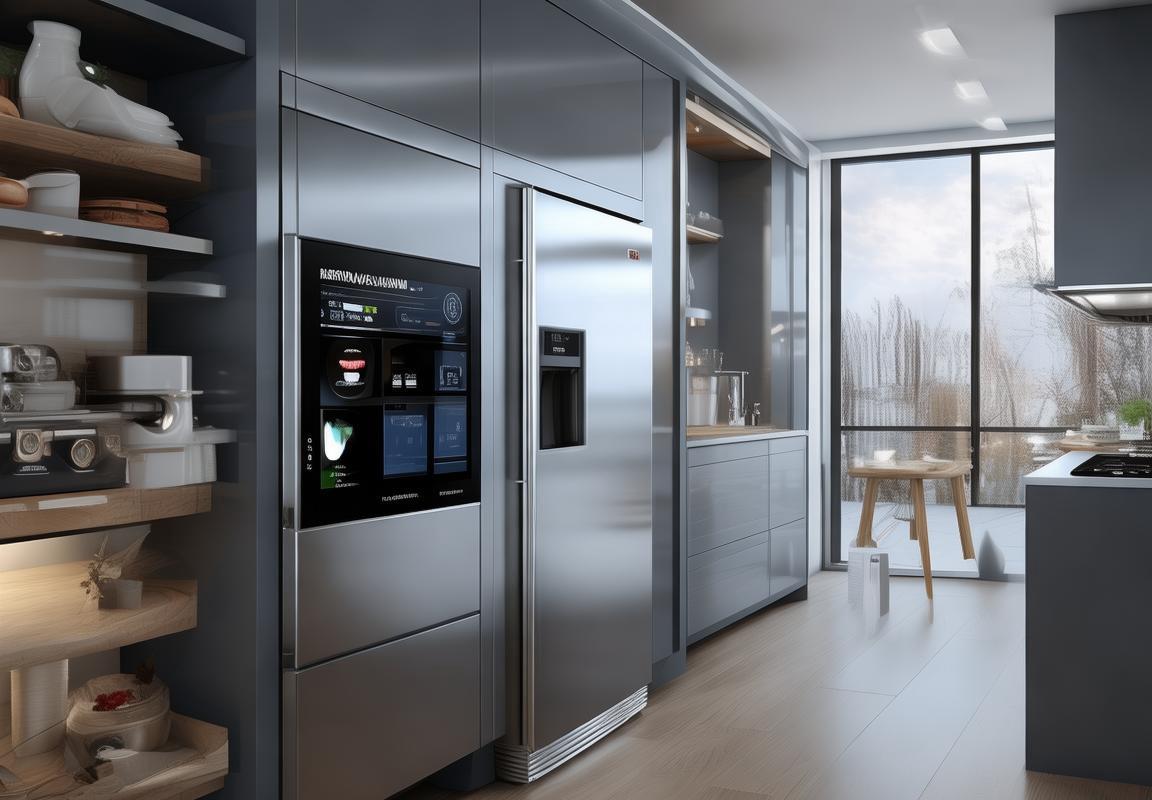
The NSF Certified Restaurant Equipment Factory: A Beacon of Quality
In the bustling world of commercial kitchen equipment, the NSF Certified Restaurant Equipment Factory has emerged as a beacon of quality and reliability. Nestled within the heart of the industry, this factory stands out for its unwavering commitment to safety, innovation, and excellence. Here’s a closer look at what makes this factory a staple in the world of restaurant equipment.
The factory’s reputation is built on a foundation of stringent quality control measures. From the moment raw materials are sourced to the final product assembly, every step is meticulously monitored to ensure compliance with NSF International’s rigorous standards. This dedication to quality is evident in the durability and performance of their equipment, which is a testament to the factory’s attention to detail.
Innovation is at the forefront of the factory’s operations. They continuously invest in research and development to introduce cutting-edge technology that not only enhances the efficiency of kitchen operations but also prioritizes the well-being of staff and customers. The factory’s engineers work tirelessly to create solutions that are not just ahead of the curve but also tailored to the specific needs of diverse culinary environments.
One of the standout features of the NSF Certified Restaurant Equipment Factory is its range of energy-efficient appliances. In an era where sustainability is a key concern, the factory’s commitment to reducing the carbon footprint of commercial kitchens is commendable. Their energy-saving equipment not only helps restaurants cut down on utility costs but also contributes to a greener future.
Safety is paramount in the design and manufacturing process at this factory. With NSF certification, customers can trust that the equipment meets the highest standards for sanitation, public health, and safety. This certification is not just a mark of quality; it’s a guarantee that each piece of equipment has been thoroughly tested and meets the stringent criteria set by NSF International.
The factory’s approach to customer service is equally impressive. They understand that the needs of restaurants vary greatly, from small cafes to large-scale dining establishments. As such, they offer a wide range of customized solutions, from standard models to bespoke designs. Their team of experts is always on hand to provide advice, technical support, and maintenance services, ensuring that their customers get the most out of their equipment.
The factory’s commitment to continuous improvement is reflected in its approach to sustainability. They actively seek to minimize waste and reduce their environmental impact. By using sustainable materials and adopting lean manufacturing practices, they are able to produce high-quality equipment while being mindful of the planet.
The versatility of the equipment produced by the NSF Certified Restaurant Equipment Factory is another highlight. Whether it’s a commercial refrigerator, a high-volume dishwasher, or a state-of-the-art oven, their products are designed to handle the demands of busy kitchens. This adaptability is crucial in an industry where the only constant is change.
The factory’s focus on training and education is also noteworthy. They offer comprehensive training programs for both their employees and customers, ensuring that everyone is well-equipped to handle and maintain the equipment. This investment in knowledge transfer not only benefits the customers but also contributes to the overall professionalism of the industry.
In the competitive landscape of commercial kitchen equipment, the NSF Certified Restaurant Equipment Factory has carved out a niche for itself. Its combination of quality, innovation, safety, and customer-centric service has earned it a place at the top of the industry. As the demand for reliable and sustainable kitchen equipment grows, this factory continues to be a leading provider, shining as a beacon of quality for restaurants worldwide.
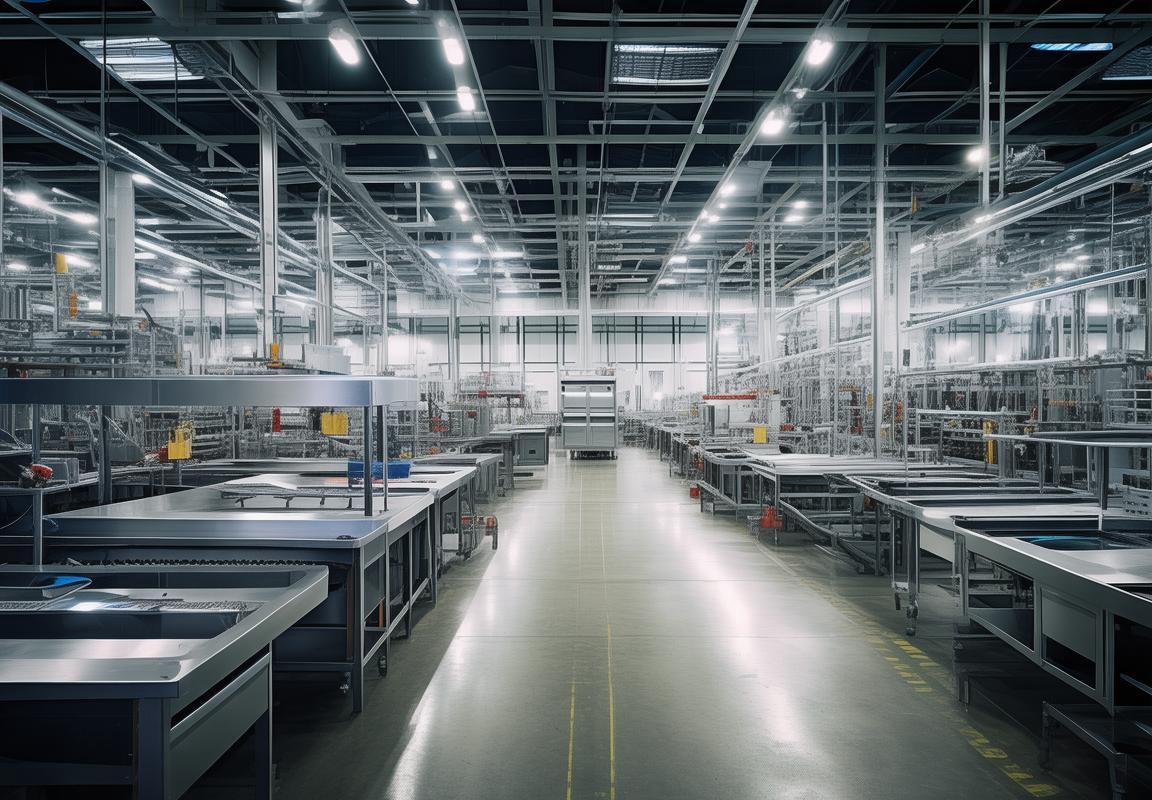
Key Features of NSF Certified Kitchen Appliances
In the competitive world of kitchen appliances, NSF certification has become a gold standard, signifying not just compliance with safety regulations but also a commitment to quality and excellence. Here are some key features that set NSF certified kitchen appliances apart:
The rigorous certification process demands that every aspect of an appliance’s design and construction is scrutinized. This includes electrical, mechanical, and material components, ensuring that each unit meets stringent safety and performance standards.
NSF certified appliances are engineered to provide reliable operation, year after year. They undergo rigorous testing to guarantee durability, with emphasis on the longevity of the appliance and the ease of maintenance it offers to users.
Energy EfficiencyIn an era where sustainability is a top priority, NSF certified appliances are often designed with energy efficiency in mind. They are tested to meet or exceed energy conservation standards, which not only benefits the environment but also helps businesses reduce operational costs.
Safety FirstSafety is paramount in the kitchen, and NSF certified appliances are built with multiple safety features. From thermal protection to anti-tip mechanisms, these appliances are designed to minimize the risk of accidents and fires, making them a secure choice for commercial kitchens.
Ease of Cleaning and MaintenanceCommercial kitchens can be a demanding environment, and appliances that are easy to clean and maintain are invaluable. NSF certified appliances often feature non-porous surfaces and removable parts that simplify cleaning, reducing downtime and keeping the kitchen running smoothly.
Innovative TechnologiesNSF certification encompasses not just existing technologies but also the integration of new innovations. Appliances that carry this certification may incorporate cutting-edge features like smart controls, integrated food safety programs, and advanced cooking systems.
Consistent PerformanceThe certification process ensures that NSF certified appliances perform consistently. Whether it’s a commercial range, refrigerator, or dishwasher, these appliances are tested under a variety of conditions to ensure they maintain peak performance over time.
Certification LabelsThe presence of the NSF label on an appliance is a clear indicator of its quality. This label is recognized worldwide, providing peace of mind to consumers and businesses that the appliance has been independently tested and meets the highest safety and health standards.
Compliance with International StandardsNSF certified kitchen appliances are not just compliant with local regulations but also adhere to international standards. This is particularly important for businesses that operate across borders or cater to an international clientele.
Customization OptionsWhile standard models are a staple, NSF certified factories often offer customization options. This allows businesses to tailor their equipment to specific needs, whether it’s size, capacity, or specific features that enhance efficiency and functionality.
Customer Support and TrainingA good NSF certified factory goes beyond just manufacturing appliances; they provide comprehensive customer support and training. This includes installation guidance, maintenance tips, and troubleshooting assistance, ensuring that the appliance performs optimally throughout its lifespan.
In conclusion, NSF certified kitchen appliances stand out due to their robust construction, energy efficiency, safety features, and consistent performance. The certification process guarantees that these appliances meet the highest standards, making them a wise investment for any commercial kitchen looking to uphold quality and safety.
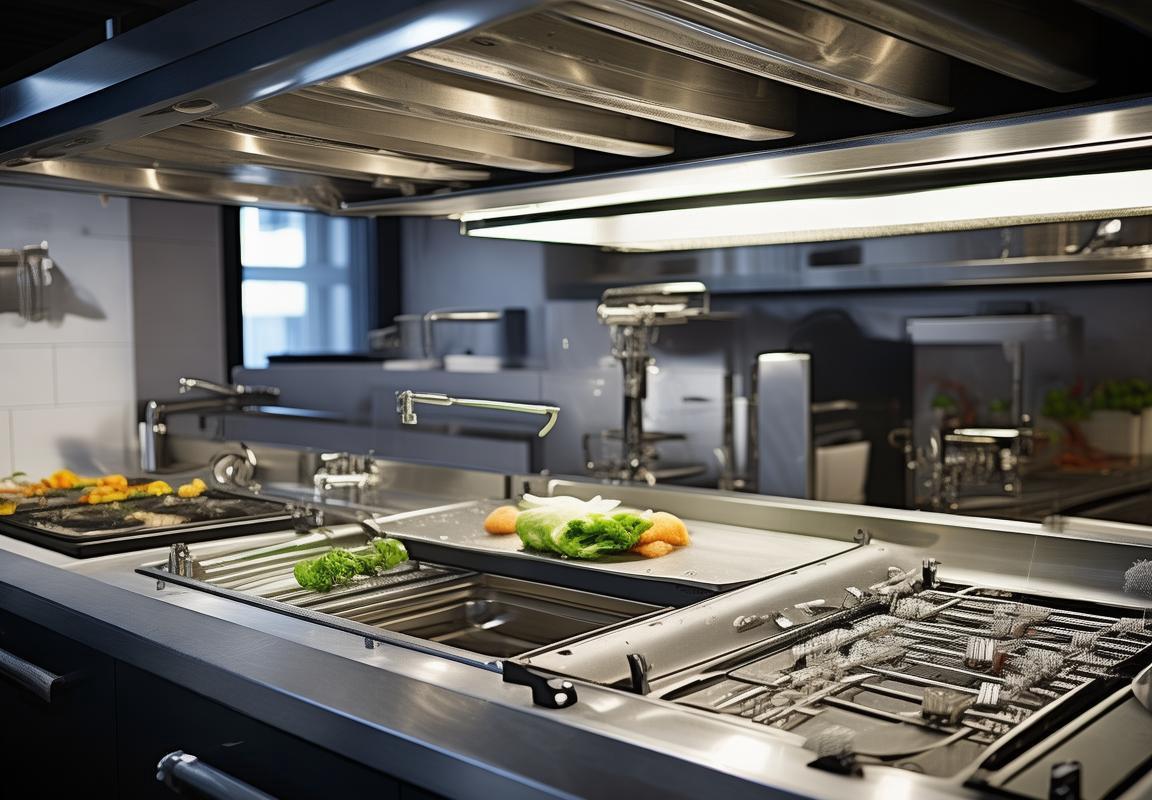
Market Predictions and Future Trends
The landscape of the kitchen appliance market is constantly evolving, and with it come predictions and trends that shape the future. As we delve into the potential directions this industry might take, several key factors emerge.
Innovation in Smart Technology IntegrationThe integration of smart technology is poised to become a cornerstone of kitchen appliances. Expect to see a surge in appliances that can be controlled via smartphones or voice assistants, offering convenience and efficiency. Features like energy monitoring, predictive maintenance, and even automated shopping lists are likely to become standard.
Sustainability and Energy EfficiencyWith growing environmental concerns, sustainability is not just a buzzword but a driving force in the appliance market. Energy-efficient appliances are becoming more popular, and manufacturers are under increasing pressure to produce products that reduce carbon footprints. This trend is expected to intensify as regulations become stricter and consumer awareness grows.
Health and Safety StandardsThe focus on health and safety is unlikely to wane. Consumers are becoming more conscious of the quality of the air they breathe and the cleanliness of their food. As a result, appliances that can purify air, filter water, and ensure food safety will continue to gain traction. The market will likely see a rise in appliances with NSF certifications, which guarantee compliance with stringent health and safety standards.
Customization and PersonalizationThe era of one-size-fits-all appliances is giving way to a market that caters to individual needs. Customization options for kitchen appliances are on the rise, allowing consumers to choose from a variety of finishes, sizes, and features that match their specific kitchen layouts and personal preferences.
Globalization and Cross-Regional InfluenceAs the world becomes more interconnected, the influence of kitchen appliance trends in one region can spread rapidly to others. For instance, the popularity of certain types of appliances in Europe or the U.S. might inspire similar demand in Asia or South America. This cross-regional influence will likely lead to a more diverse and dynamic appliance market.
Rising Demand for Smart Kitchen SolutionsThe rise of smart homes is creating a demand for integrated kitchen solutions. Appliances that can communicate with each other and with the home’s overall smart system will become more common. This integration is not just about convenience but also about optimizing energy use and enhancing the overall kitchen experience.
Increased Focus on Durability and LongevityConsumers are increasingly looking for appliances that last. As the cost of kitchen appliances continues to rise, buyers are seeking value in the form of durability and long-term performance. This trend will likely push manufacturers to invest in better materials and construction techniques to ensure their products stand the test of time.
Market Disruption from Emerging TechnologiesEmerging technologies, such as 3D printing, could disrupt the traditional appliance manufacturing process. While still in its infancy, this technology has the potential to allow for on-demand production, reducing waste and inventory costs. As these technologies mature, they may change the way appliances are designed, manufactured, and sold.
The Shift Towards Modular and Expandable AppliancesModular kitchen appliances that can be easily upgraded or expanded are becoming more appealing. This approach allows consumers to invest in the core functionality and then add features as needed, providing a more flexible and cost-effective solution.
The rise of NSF certified kitchen appliances reflects a commitment to quality and safety. As the market evolves, these appliances will likely continue to play a significant role in shaping the future of kitchen technology. The trends outlined here are not definitive, but they offer a glimpse into the potential paths the kitchen appliance market may take in the coming years.
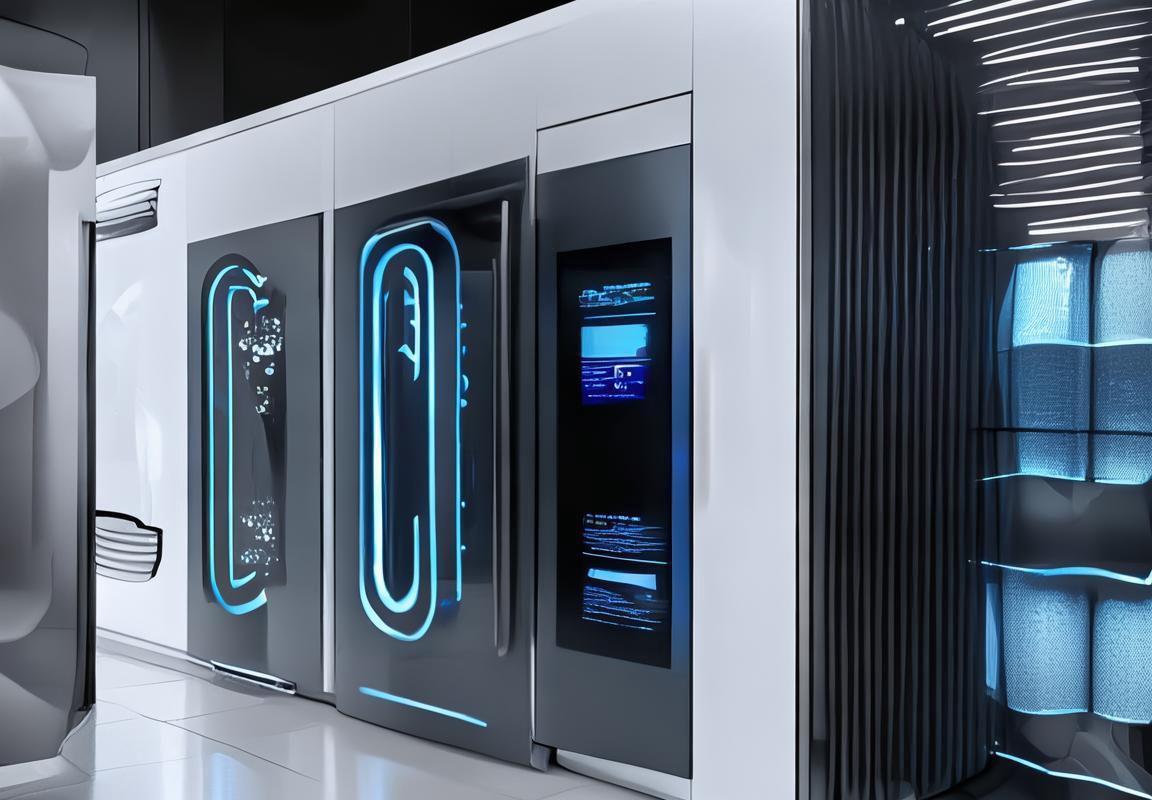
Conclusion
In reflecting on the journey we’ve taken through the kitchen appliance industry, it’s clear that the landscape is ever-evolving. The surge in demand for NSF certified equipment reflects a broader shift towards quality, safety, and sustainability. As we ponder the future, several key trends and predictions emerge.
The integration of smart technology is not just a buzzword; it’s a reality that’s reshaping how we interact with our appliances. Imagine a scenario where your refrigerator not only keeps your food fresh but also suggests recipes based on your inventory. This level of connectivity is not far off, and it promises to enhance efficiency and convenience.
Moreover, the focus on energy efficiency is not just a regulatory requirement; it’s a consumer-driven trend. As environmental consciousness grows, so does the expectation for appliances that consume less energy. This shift is not just about reducing utility bills; it’s about contributing to a greener planet.
The rise of the gig economy and the demand for on-demand services have also influenced the kitchen appliance market. Portable, versatile, and easy-to-use appliances are becoming increasingly popular, as they cater to the needs of individuals and small businesses that may not have the space or budget for traditional kitchen setups.
Innovation is at the heart of the industry’s growth, with manufacturers pushing the boundaries of what’s possible. We’ve seen advancements in materials, such as the use of recycled stainless steel, and in design, with sleeker, more ergonomic appliances that blend seamlessly into modern kitchen aesthetics.
Consumer expectations are changing, too. People are not just looking for appliances that do their job well; they’re seeking those that can also offer a personalized experience. This could mean customizable settings, intuitive interfaces, or even appliances that learn from usage patterns to optimize performance.
As we look ahead, the importance of certifications like NSF cannot be overstated. They serve as a trust signal to consumers, assuring them that the products they’re purchasing meet stringent safety and quality standards. This trust is crucial in an industry where the stakes are high, given the potential health and safety implications.
In terms of geographical markets, the global landscape is shifting. While North America and Europe remain significant, emerging markets are gaining traction. The growing middle class in countries like China, India, and Brazil is creating a surge in demand for kitchen appliances, and manufacturers are responding with localized products that cater to specific cultural preferences and economic realities.
The future of the kitchen appliance industry is also intertwined with the broader trends of urbanization and demographic shifts. As cities grow and populations age, there’s a need for appliances that are not only functional but also accessible and easy to maintain. This could mean the development of appliances that are designed with the elderly in mind or those that offer hands-free operation.
In conclusion, the kitchen appliance industry is poised for a dynamic future. The fusion of technology, sustainability, and consumer expectations will continue to drive innovation. As we move forward, the industry will need to adapt to changing market demands, regulatory landscapes, and consumer behaviors. The key will be to remain agile and forward-thinking, ensuring that the products we develop not only meet current needs but also anticipate future trends. After all, the kitchen is the heart of the home, and the appliances within it are the pulse that keeps it beating.